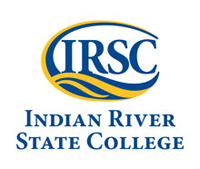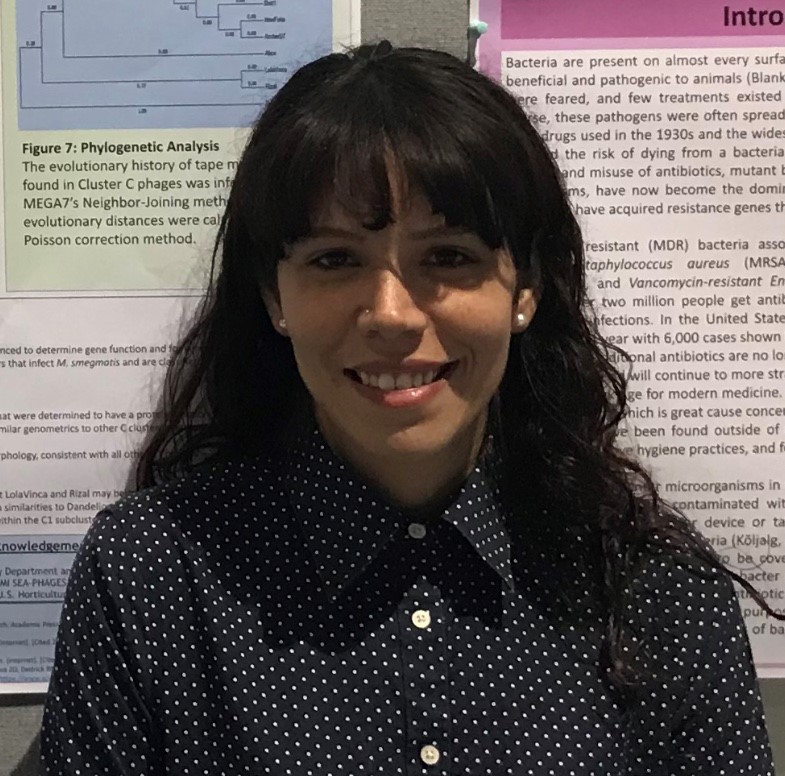Below is a summary of the abstract you submitted. Presenting author(s) is shown in bold.
If any changes need to be made, you can modify the abstract or change the authors.
You can also download a .docx version of this abstract.
If there are any problems, please email Dan at dar78@pitt.edu and he'll take care of them!
This abstract was last modified on May 1, 2019 at 10:18 a.m..

Prior to the 2018-2019 academic year, Indian River State College successfully isolated 50 Actinobacteriophage from soil samples as a part of the HHMI SEA-PHAGES program. Of the isolated phages, 16 have been sequenced with a total of 9 phages being classified as belonging to cluster A. The other phage are classified into 7 different clusters. In order to isolate a broader range of phage outside of cluster A, the IRSC program has implemented a new strategy leading to the sequencing of 10 Actinobacteriophage genomes in 2018-2019. As a result, the overall phage diversity at IRSC has expanded, with a total of 26 genomes sequenced representing 11 clusters and one singleton. Three bacteriophage were selected for individual sequencing. Two of these phage, Yeet (J) and Lolavinca (C1), belong to clusters not previously isolated at IRSC. The third individually sequenced phage, Hulk, is the second EE cluster microbacteriophage isolated at IRSC. DNA available from the remaining 7 mycobacteriophages was pooled together for en masse sequencing in the DOGEMS project. Through this process, the genomes of the most unique phage are able to be assembled for annotation. This sequencing strategy successfully yielded 7 individual genomes. The singleton IdentityCrisis was the most unique phage sequenced, having the smallest genome size of any mycobacteriophage. The remaining 6 genomes were from bacteriophage that belong to clusters or subclusters not previously identified at IRSC (IdentityCrisis, singleton; Cintron, A4; Magpie, B; Mangeria, C; Harella, E; Yeet, J; Whitty, T). These findings also add new phage to clusters that are still relatively low in abundance, including clusters T and J, which have only 7 and 37 phage, respectively. Utilizing the DOGEMS strategy for genome sequencing revealed that soil in Southeast Florida is very diverse in mycobacteriophage. As a result, a novel singleton has been sequenced and additional phage have been added to clusters T and J.

